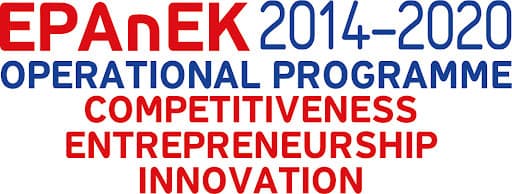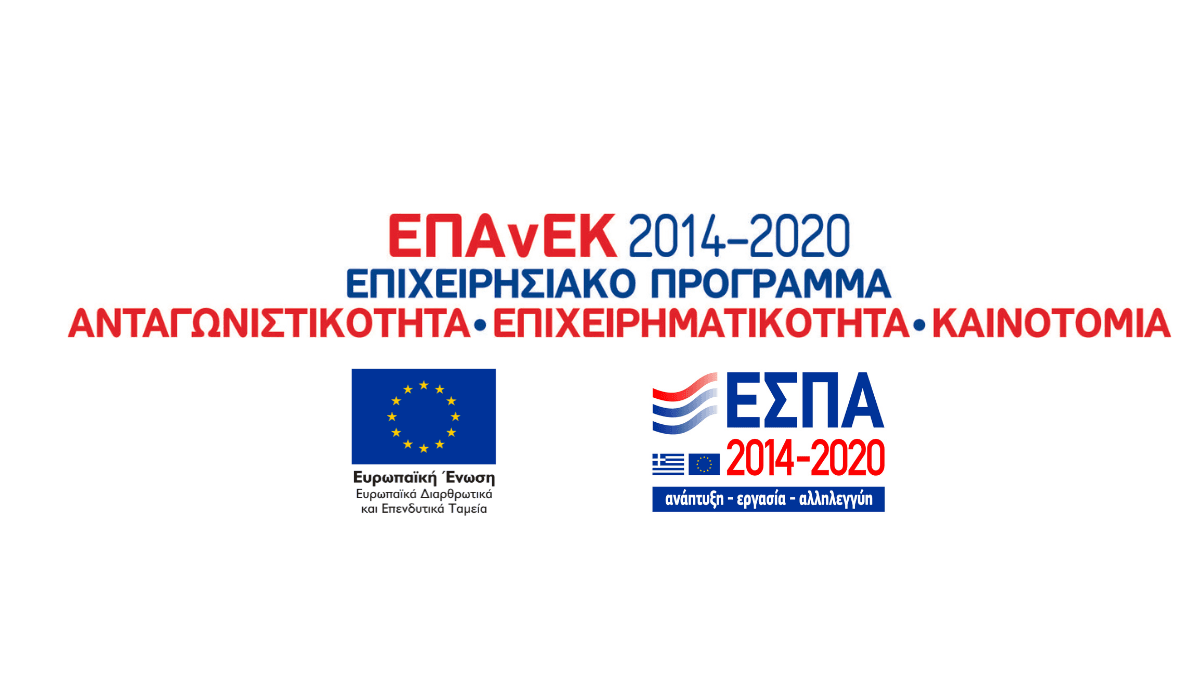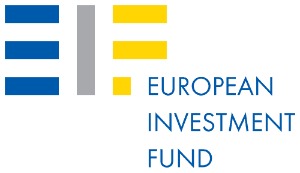In today’s fast-paced industrial world, maintenance is not just about fixing machines when they break. It’s about preventing downtime, controlling costs, ensuring worker safety, and continuously improving asset performance.
Modern maintenance teams are expected to make data-driven decisions — and that’s where CMMS software (Computerized Maintenance Management System) comes in.
But what exactly should you measure to know if your maintenance strategy is working?
Tracking the right maintenance management KPIs (Key Performance Indicators) helps organizations measure performance, benchmark progress, and identify opportunities for optimization.
In this article, we’ll explore the 12 most essential KPIs for maintenance teams, grouped into four key categories — Asset Reliability & Performance, Cost & Efficiency, Workforce Productivity, and Risk, Safety & Compliance — and we’ll show how the best CMMS software, like Tekmon CMMS, helps you track and improve every one of them.
What Is CMMS Software (and Why It Matters)
Before diving into the KPIs, let’s clarify what CMMS software actually is — since many people still ask “SMMS what is?” (a common misspelling of CMMS).
A CMMS (Computerized Maintenance Management System) is a digital platform designed to plan, track, and optimize all maintenance activities. It acts as a central hub that connects your assets, technicians, spare parts, and schedules in one unified system.
With CMMS software, teams can:
Create and manage digital work orders.
Track equipment history and performance.
Schedule preventive maintenance.
Monitor maintenance KPIs in real time.
Improve asset reliability and compliance.
The result? Less downtime, lower costs, safer operations, and better decision-making based on real data — not guesswork.
Now, let’s look at the 12 KPIs that every maintenance manager should monitor to unlock the full potential of their maintenance management software CMMS.
A. Asset Reliability & Performance KPIs
Why it matters: Your assets are the backbone of your operation. These KPIs help you understand how reliable and efficient your equipment truly is. Reliable assets mean less downtime, smoother production, and happier customers.
1. Asset Availability
Definition: The percentage of time an asset is available for use versus the total planned operational time.
Why it’s important: High availability means your equipment is ready when you need it. Low availability indicates maintenance or operational inefficiencies.
How CMMS helps: Tekmon CMMS automatically tracks downtime, logs maintenance activities, and displays availability rates in easy-to-read dashboards. This lets you identify problem assets and plan proactive maintenance.
2. Mean Time to Repair (MTTR)
Definition: The average time required to repair equipment after a failure.
Why it’s important: MTTR reflects how quickly your team can respond and restore normal operations.
Benchmark: Shorter MTTR = more resilient maintenance.
How CMMS helps: By centralizing work orders, spare parts, and technician assignments, Tekmon CMMS minimizes response times and simplifies coordination during repairs.
3. Mean Time Between Failures (MTBF)
Definition: The average operating time between equipment failures.
Why it’s important: MTBF is a direct indicator of asset reliability and maintenance effectiveness.
How CMMS helps: Automatic failure tracking and maintenance histories help identify recurring issues and reveal opportunities for reliability improvement. With Tekmon CMMS, you can easily monitor MTBF trends and adjust maintenance schedules to extend asset life.
B. Cost & Efficiency KPIs
Why it matters: Maintenance typically represents 15–40% of operational expenses. These KPIs help organizations control costs without compromising reliability.
4. Maintenance Cost as a Percentage of Asset Replacement Value (ARV)
Definition: The total annual maintenance cost divided by the replacement cost of the asset. The replacement cost represents the current estimated expense to replace the asset with a new, equivalent one, including purchase price, installation, and commissioning.
Why it’s important: This KPI reveals whether your maintenance spending is proportionate to the value of your equipment. A high ratio may indicate that an asset is nearing the end of its useful life or that maintenance strategies need review.
How CMMS helps: Tekmon CMMS automatically aggregates maintenance costs, including labor, materials, and parts. Managers can see which assets consume excessive budgets and make data-driven repair-or-replace decisions.
5. Maintenance Cost per Unit of Production
Definition: The total maintenance cost divided by the number of units produced.
Why it’s important: Links maintenance performance directly to production efficiency.
How CMMS helps: Tekmon CMMS connects production and maintenance data, allowing teams to compare performance across plants or time periods and pinpoint inefficiencies that affect cost per unit.
6. Spare Parts Inventory Turnover
Definition: How often spare parts inventory is used and replenished within a year.
Why it’s important: Too much inventory ties up capital; too little leads to costly downtime.
How CMMS helps: With Tekmon’s inventory management features, you can monitor stock levels, set reorder alerts, and optimize inventory turnover to achieve the perfect balance between availability and cost efficiency.
C. Workforce Productivity KPIs
Why it matters: Your technicians are your most valuable resource. These KPIs measure how effectively your maintenance workforce uses time, tools, and talent.
7. Wrench Time (%)
Definition: The percentage of technician time spent on actual hands-on maintenance work (not travel, waiting, or admin tasks).
Why it’s important: Low wrench time means inefficiencies in planning, materials, or communication.
How CMMS helps: Tekmon CMMS digitizes work orders, automates task assignments, and gives technicians mobile access to instructions and asset data — helping increase wrench time, reduce idle hours, and boost overall productivity.
8. Schedule Compliance (%)
Definition: The percentage of planned maintenance tasks completed on schedule.
Why it’s important: High compliance means preventive work is done before breakdowns occur. Low compliance leads to more reactive maintenance.
How CMMS helps: Tekmon CMMS automates scheduling and reminders, provides real-time visibility into task status, and helps managers adjust workloads dynamically to stay on track.
READY TO MODERNIZE YOUR MAINTENANCE MANAGEMENT?
Tekmon CMMS software provides a centralized, mobile-ready platform to manage assets, track performance, and make data-driven decisions — all in one place.
Start your journey toward predictive maintenance, better visibility, and complete operational control.
9. Work Order Completion Rate
Definition: The percentage of work orders completed in a given time frame compared to those assigned.
Why it’s important: Indicates efficiency, workload balance, and resource allocation effectiveness.
How CMMS helps: Tekmon CMMS tracks every work order from creation to completion, giving maintenance leaders a clear view of progress, bottlenecks, and areas for process improvement.
D. Risk, Safety & Compliance KPIs
Why it matters: Maintenance isn’t only about keeping machines running — it’s also about protecting people, ensuring compliance, and managing operational risk.
10. Safety Incidents and Near Misses
Definition: The number of reported safety events or near misses during maintenance operations.
Why it’s important: Reducing incidents protects employees, minimizes downtime, and prevents costly legal or compliance issues.
In addition to tracking incidents themselves, many organizations also monitor Overtime Hours (Overwork Hours) as a related KPI — since excessive workloads and extended shifts often correlate with higher accident rates and human errors.
How CMMS helps: Tekmon CMMS allows teams to log incidents instantly, attach photos or reports, and track corrective actions. It can also record technicians’ working hours and overtime, giving managers visibility into whether high workload patterns are contributing to safety risks. By analyzing both safety events and overwork trends, organizations can strengthen preventive measures and improve workplace well-being.
11. Compliance Work Orders Completed on Time
Definition: The percentage of regulatory, safety, or environmental work orders completed before their deadlines.
Why it’s important: Compliance failures can result in fines or accidents. Timely completion ensures your operations meet industry standards.
How CMMS helps: Automated scheduling and reminders guarantee inspections, audits, and certifications happen on time. Tekmon CMMS also stores documentation for easy access during compliance audits.
12. Critical Asset Coverage (%)
Definition: The percentage of critical assets that are included in preventive maintenance plans.
Why it’s important: Leaving critical equipment out of PM plans exposes the business to unnecessary risk.
How CMMS helps: Tekmon CMMS identifies and prioritizes critical assets, ensuring every essential machine is covered under a structured preventive maintenance program.
How Tekmon CMMS Turns KPIs into Actionable Insights
Tracking KPIs is only the first step. The real value comes from turning those numbers into action — something Tekmon CMMS software makes effortless.
Here’s how Tekmon empowers maintenance teams to make smarter, faster, and safer decisions every day:
1. Preventive Maintenance Management
Plan and automate recurring maintenance tasks to keep equipment running at peak condition. Tekmon CMMS schedules inspections and service routines before failures occur — directly improving reliability KPIs like MTBF, Availability, and Downtime Rate.
2. Work Order Management
Create, assign, and track work orders digitally. From fault reporting to completion, every step is recorded automatically, ensuring total visibility and accountability across your maintenance team.
3. Spare Parts & Inventory Control
Monitor stock levels, supplier deliveries, and part usage in real time. Tekmon helps reduce excess inventory, avoid shortages, and optimize spare parts turnover, minimizing both cost and downtime.
4. Interactive Work Instructions
Turn paper procedures into digital, interactive checklists. Technicians can view step-by-step instructions, tick off completed actions, attach photos, and confirm quality standards — all from their mobile device. This ensures consistency, safety, and compliance in every task.
5. Document Management
Centralize all maintenance documentation — manuals, drawings, safety datasheets, and inspection reports — in one secure location. Teams can instantly access the right document in the field, eliminating confusion and version errors.
6. Certification Management
Upload and manage employee and equipment certifications directly within Tekmon CMMS. The system automatically tracks expiry dates and sends timely reminders, ensuring full compliance with internal and legal requirements.
7. Real-Time Dashboards & Reporting
Get a live view of your operation’s performance. Customizable dashboards and automated reports transform raw data into visual insights you can share instantly with management and stakeholders.
8. Continuous Improvement & Analytics
Tekmon CMMS doesn’t just track metrics — it helps you improve them. By analyzing trends in cost, performance, and safety, you can set realistic goals, detect inefficiencies, and build a culture of continuous improvement.
SIMPLIFY MAINTENANCE, FROM WORK ORDERS TO ANALYTICS
Automate your preventive maintenance schedules, monitor costs, and visualize performance instantly with real-time dashboards.
Schedule a free Tekmon demo and experience how modern CMMS software can simplify your daily operations while boosting productivity and control.
Choosing the Best CMMS Software for Your Organization
When looking for the best CMMS software, consider more than just features. A great system should be:
Easy to use — so teams adopt it quickly.
Scalable — to grow with your organization.
Cloud-based and mobile-ready — for real-time visibility and remote access.
Configurable — to match your workflows and industry needs.
Tekmon CMMS combines all these qualities with powerful KPI monitoring and automation capabilities. Whether you manage manufacturing plants, facilities, or field services, Tekmon gives you full control over your assets, people, and performance metrics.
Final Thoughts: Turn Data into Reliability with CMMS Software
Modern maintenance management is all about visibility and control. By focusing on the right KPIs — and managing them with an intelligent CMMS software — your organization can reduce downtime, improve efficiency, and ensure long-term asset reliability.
If you’re still relying on spreadsheets or disconnected tools, it’s time to modernize your maintenance operations. Discover how Tekmon CMMS, one of the best CMMS software solutions available, helps you track, analyze, and improve performance — all in one powerful platform.
Start making your data work for you.
Learn more about Tekmon CMMS and take the first step toward smarter maintenance today.




